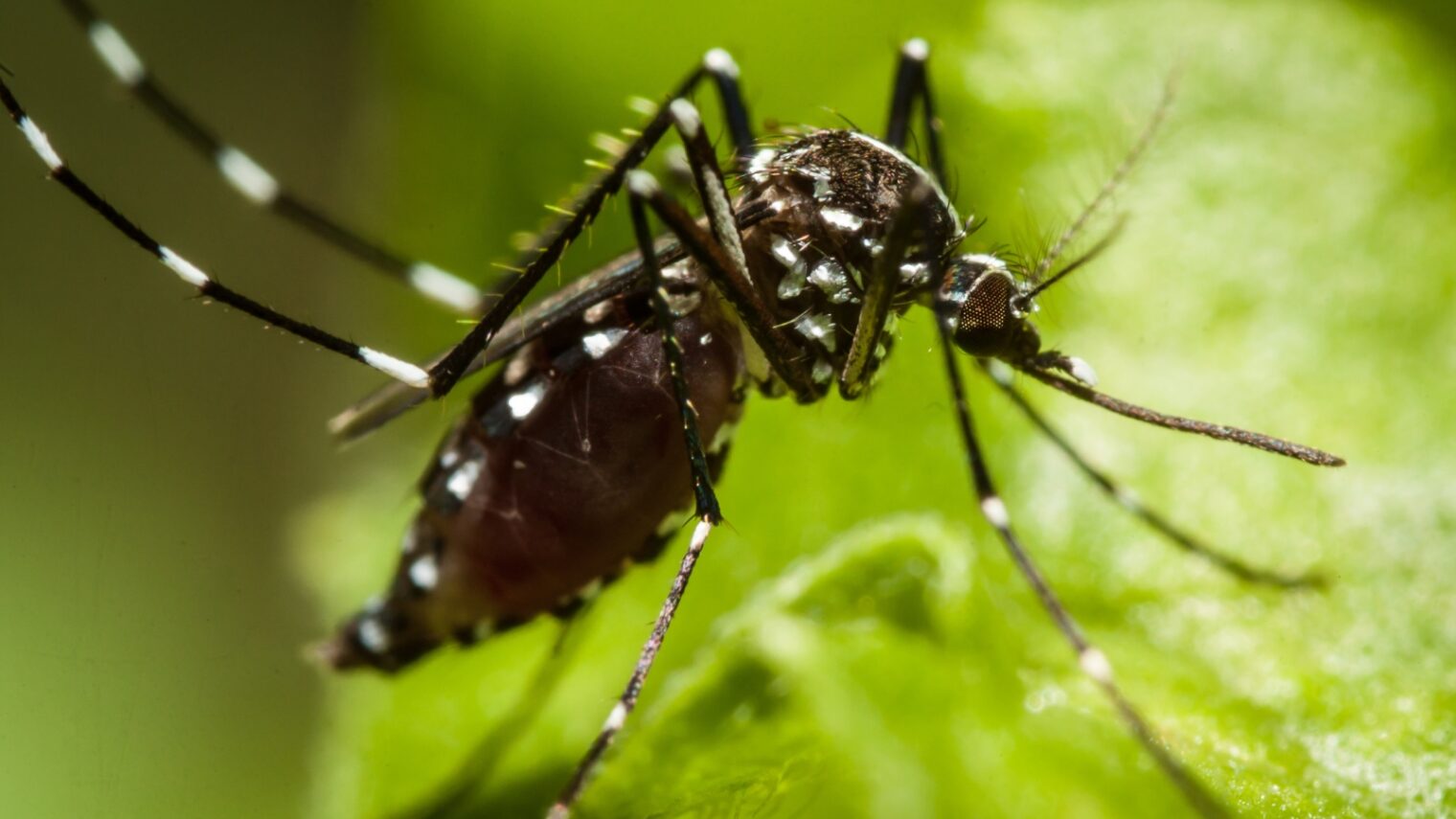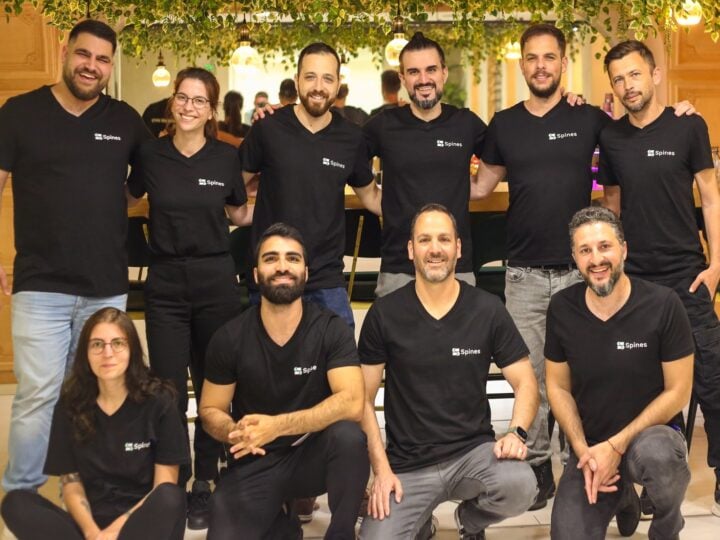Mosquito-borne illnesses, responsible for up to 750,000 deaths a year worldwide, include tropical killers such as malaria and dengue, along with terrifying upstarts like Zika, which can cause birth defects and have invaded parts of the southern United States.
Google parent company Alphabet, along with the International Atomic Energy Agency and companies and organizations including MosquitoMate and Oxitec, hope to eliminate disease-carrying mosquitos by introducing millions of sterile, non-biting male mosquitos into an infested area.
When the males mate with disease-carrying females, no babies are born. Because mosquitos have a short life, a targeted region’s mosquito population can be reduced by up to 80 percent in under a month.
Mass deploying such a mosquito-eradication system will require solutions for separating male mosquitos from the females before they’re introduced into the wild, and for safely transporting the millions of fragile mosquitos across wide distances.
Israeli startup Senecio has taken on this challenge by developing the sorting, packaging and distribution technology needed to set the plan in motion.
The Kfar Saba-based company has already received several patents for its mechanisms, which Senecio CEO Hanan Lepek tells ISRAEL21c are “indifferent to the type of mosquito and how you sterilize them.”
That’s important because there are several different sterilization methods, including genetic modification (Oxitec’s approach), using x-rays (the IAEA’s technique) and introducing a type of bacteria called Wolbachia that interferes with the mosquitos’ chromosomes (which is how MosquitoMate and Alphabet’s Debug work).
Sex sorting
The first step toward commercializing Senecio’s BioMosquito system is “sex sorting” the critters. Release too many females and not only do you defeat the sterilization goal, you’ve added biting mosquitos to the human population (the females feed on blood to lay their eggs).
The basic way to sex-sort mosquitos is by hand, “checking them one-by-one using a microscope,” Lepek says. But since covering even a small geographic area requires the release of millions of mosquitos a day, hand-sorting is not practical.
Senecio’s automatic sorting process uses classic Israeli software smarts: machine learning, robotics and algorithms. “A mechanical device might provide 99 percent accuracy,” Lepek says. “But we need more like 99.99996 percent accuracy.”
BioMosquito will run much like a bottling plant. The mosquitos enter from one end, are sorted and then output into cartridges, each containing thousands of male mosquitos. (The females are destroyed.)
The cartridges are key to the next step in the Senecio process – slowly releasing the fragile mosquitos, whether by air or land, so they get the widest bang for their buzz. The average mosquito only travels a hundred or so meters over its lifetime, so Senecio’s solution enables a “slow drip” of mosquitos over an entire city.
In July, Senecio received a patent for sequentially deploying its mosquito cartridges – that is, opening them one after another in a controlled manner – while flying at 250 kilometers an hour. Senecio uses software combined with GPS tracking to ensure the release is slow enough that the male mosquitos survive the trip.
Senecio has partnered with Dynamic Aviation, a Virginia-based aircraft firm, to test BioMosquito. Senecio’s new patent is based on work initially funded by the BIRD Foundation.
Puffing out mosquitos
Senecio has also received patents to use its sequential cartridge system on the ground and via pilot-less drones, and for the release pod mechanism itself, which “puffs” the mosquitos out a tube using air, rather than simply opening the door.
The latter is standard operating procedure in developing countries such as Brazil and China, where the only delivery system available is often a van or a tuk-tuk – or even a worker with a box of sterile male mosquitos on his or her back. A plane, by contrast, can carry up to 10 million mosquitos at a time.
Lepek estimates that to suppress a mosquito population properly, anti-mosquito warriors must release up to 800 sterile mosquitos for every person in the targeted area.
We wondered whether ridding a region of mosquitos – even if they carry deadly diseases – might have unexpected negative side effects on the ecosystem. Lepek told us not to worry.
“These mosquitos are an invasive species. They’re not supposed to be in the cities, so it’s no problem to eradicate them,” he explains. Nor are they being “eradicated from the jungles, just from the urban areas.”
Not all mosquitos are under the Senecio gun. “There are 3,000 different types of mosquitos, but only three to four are the types we want to suppress,” Lepek explains. Tops on that list: the Aedes aegypti, which carries Zika, yellow fever and chikungunya; and the anopheles mosquito, the primary carrier of malaria.
Even so, some mosquito researchers do worry about a possible environmental cascade effect. While the Aedes aegypti are not native to the Western hemisphere, they’ve settled into the local ecosystem. “We don’t think there’s been adequate safety testing of the genetic change itself,” GeneWatch UK director Helen Wallace told TIME magazine. And even if the Aedes aegypti were eliminated, another type of mosquito could step in and continue spreading the same disease.
Still, it’s better than what existed before the advent of Sterile Insect Technique (SIT), when mosquitos were killed using pesticides. “Chemicals don’t work well anymore,” Lepek says. The mosquitos, with their short lifespans, quickly adapt and “creating new chemicals takes a lot of time, money and regulations.”
Introducing sterile male insects was first tried successfully with fruit flies as far back as 1978. In a famous early example, Mexico and Guatemala stopped a medfly infestation that was threatening millions of acres of crops by releasing billions of sterilized flies. Guatemala continues to release 1.3 billion sterile male medflies a week to maintain a “biological barrier.”
Mosquitos are more fragile than fruit flies, Lepek points out, which is why a more sophisticated approach such as Senecio’s cartridges is required.
So far, releasing sterile mosquitos has been limited to fairly small trial-size areas, but that could soon change. Senecio just raised more than $2 million to commercialize its technology and Lepek has been traveling around the world, attending conferences and meeting with stakeholders.
For more information, click here

















